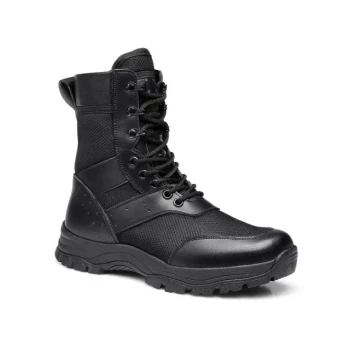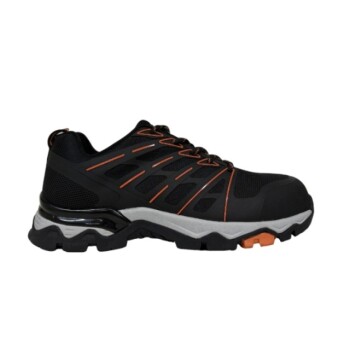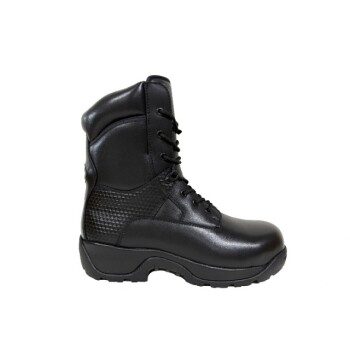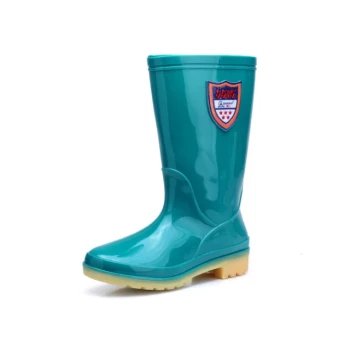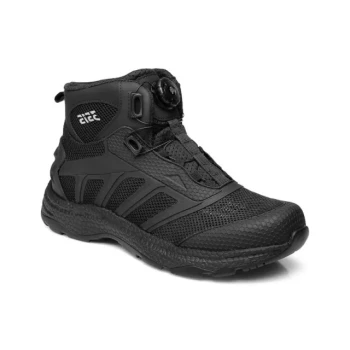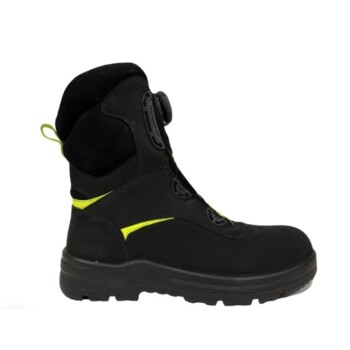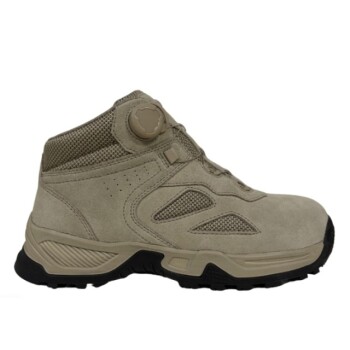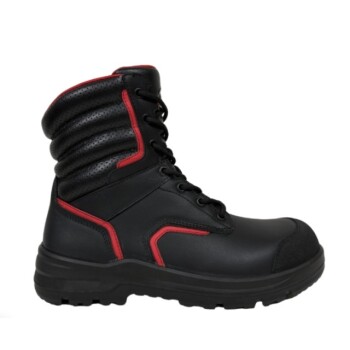At its core, the preference for leather soles is a choice for superior breathability, a personalized fit that molds to your foot over time, and a timeless aesthetic appropriate for formal settings. While rubber offers more practical durability and grip, leather is selected for its traditional craftsmanship and unique comfort characteristics.
The choice between leather and rubber soles is not about which is "better," but about aligning the material's properties with your intended use. Leather excels in breathability and formal elegance, while rubber provides superior durability and all-weather traction for daily life.
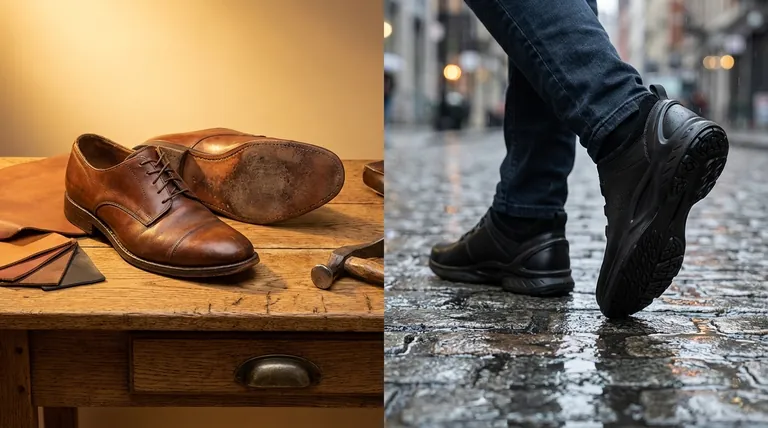
The Case for Leather: Craftsmanship and Comfort
Superior Breathability
Leather is a natural, porous material. This allows it to breathe, helping regulate foot temperature and manage moisture far more effectively than a non-porous material like rubber.
This quality is essential for long-term comfort, especially when wearing shoes for extended periods in an office or formal environment.
A Personalized Fit
One of leather's most prized qualities is its ability to conform to the wearer's foot. Over time, the sole molds to the unique shape of your foot, creating a custom footbed that provides exceptional support and comfort.
This break-in process results in a shoe that feels uniquely yours, a level of personalization that rigid rubber soles cannot replicate.
Formal Aesthetics and Tradition
Leather soles offer a slim, elegant profile that is the standard for high-quality dress shoes and formalwear. The clean lines and traditional construction signal a higher level of craftsmanship.
For formal or professional settings, the classic look of a leather sole is often considered the most appropriate and sophisticated choice.
The Practicality of Rubber: Durability and Grip
Unmatched Durability
Rubber is an exceptionally resilient material. It is the clear winner for footwear that must withstand frequent use on hard surfaces like concrete, making it ideal for work boots, casual shoes, and athletic footwear.
Where leather will wear down more quickly with abrasion, rubber soles are engineered for longevity and require significantly less maintenance.
All-Weather Traction
Rubber soles provide superior traction and grip, especially in wet or unpredictable conditions. The material's natural friction and the ability to incorporate various tread patterns make it a much safer and more reliable choice for outdoor use.
Leather, by contrast, becomes notoriously slippery when wet, limiting its practicality to primarily dry and indoor environments.
Water Resistance and Low Maintenance
Unlike leather, which can be permanently damaged by excessive moisture, rubber is naturally water-resistant. This makes it a carefree option for rainy days or damp terrain.
This resistance also contributes to its low-maintenance nature, as rubber soles can be easily wiped clean without fear of staining or water damage.
Understanding the Trade-offs
The Durability Dilemma
The most significant trade-off is longevity versus context. Leather is resilient but will wear down noticeably faster in urban or outdoor settings. Rubber is built to last through harsh conditions but lacks leather's classic elegance.
The Weather Equation
Your environment is a critical factor. Leather is the superior choice for dry, indoor settings where breathability is paramount. Rubber is the only practical option for inclement weather, offering the necessary water resistance and grip.
Formality vs. Function
The decision often comes down to the shoe's purpose. Leather soles are synonymous with formal occasions and professional dress codes. Rubber soles are the foundation of functional, active, and everyday casual wear.
The Sustainability Question
Both materials can be sustainable choices. Vegetable-tanned leather avoids many of the toxic chemicals used in modern tanning. Likewise, natural rubber production can sequester carbon, and using recycled rubber helps reduce waste.
Making the Right Choice for Your Goal
Ultimately, the ideal sole depends entirely on your specific needs and priorities.
- If your primary focus is formal elegance and indoor comfort: Leather is the definitive choice for its breathability, custom fit, and sophisticated profile.
- If your primary focus is all-weather durability and daily wear: Rubber provides the necessary grip, water resistance, and longevity for a reliable everyday shoe.
- If your primary focus is a balance of classic style and resilience: Consider hybrid options like Dainite rubber soles, which offer a dressier look with added grip for variable conditions.
Choosing the right sole is about understanding the purpose of your footwear and matching the material to the task.
Summary Table:
| Feature | Leather Soles | Rubber Soles |
|---|---|---|
| Breathability | Excellent (porous material) | Poor (non-porous) |
| Fit & Comfort | Molds to foot over time | Consistent, rigid support |
| Durability | Wears faster on hard surfaces | Highly resilient, long-lasting |
| Traction | Slippery when wet | Excellent grip in all weather |
| Best For | Formal, indoor, dry settings | Casual, outdoor, all-weather use |
Ready to elevate your footwear collection with the perfect sole?
As a large-scale manufacturer, 3515 produces a comprehensive range of footwear for distributors, brand owners, and bulk clients. Whether you need the timeless elegance of leather soles for formal wear or the rugged durability of rubber soles for everyday use, our production capabilities encompass all types of shoes and boots to meet your exact needs.
Let us help you deliver superior comfort and style to your customers. Contact us today to discuss your custom footwear requirements!
Visual Guide
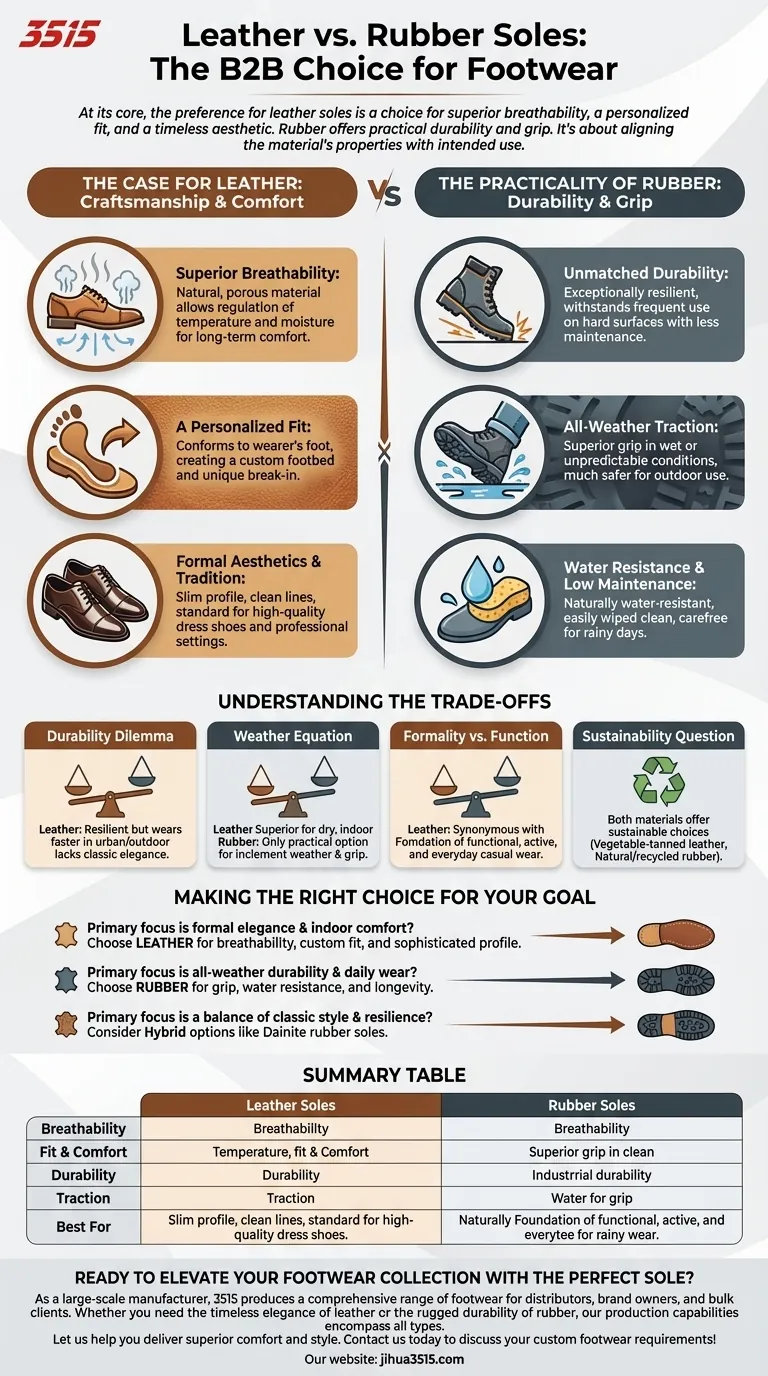
Related Products
- Wholesale Comfort Leather Business Shoes with Dial Lacing System
- Wholesale Leather Work Boots with Customizable Wedge Sole for Brands
- Durable Leather Work Boots Wholesale Manufacturer & Custom Factory
- Durable Leather Work Boots for Wholesale & Custom Manufacturing
- Durable Leather Work Boots for Wholesale & Custom OEM Manufacturing
People Also Ask
- Are sneakers acceptable in a business casual workplace? How to Choose the Right Style
- What are the environmental benefits of choosing real leather shoes? Durability and Waste Reduction
- What are the key features of high-quality leather in shoes? Invest in Durability and a Perfect Fit
- What should be known about genuine leather for shoes? Don't Be Misled by the Label
- What should consumers look for to avoid misleading claims about leather quality? A Guide to Identifying Genuine Quality






